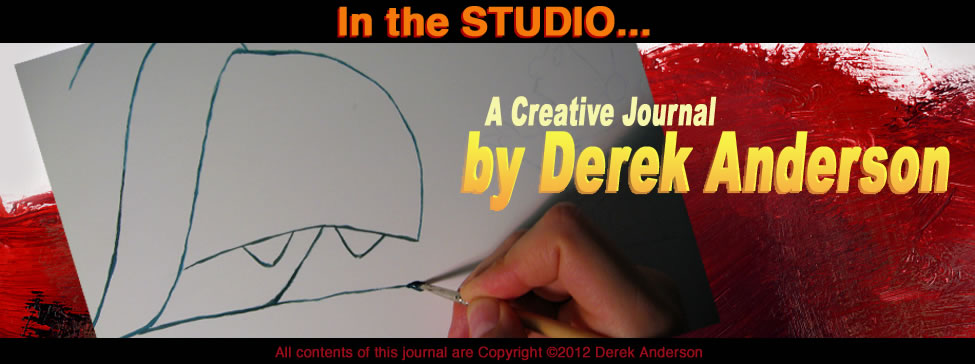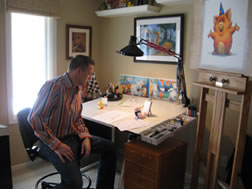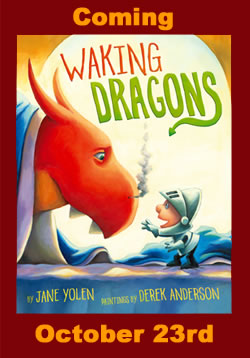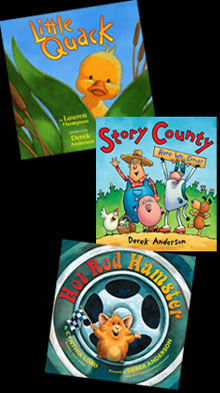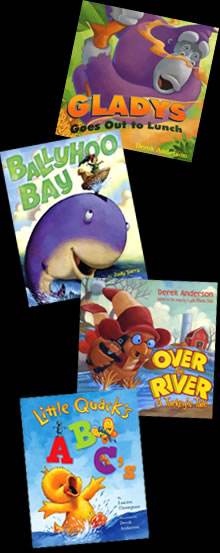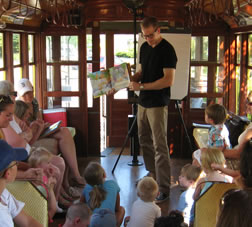Friday, May 11th, 2012
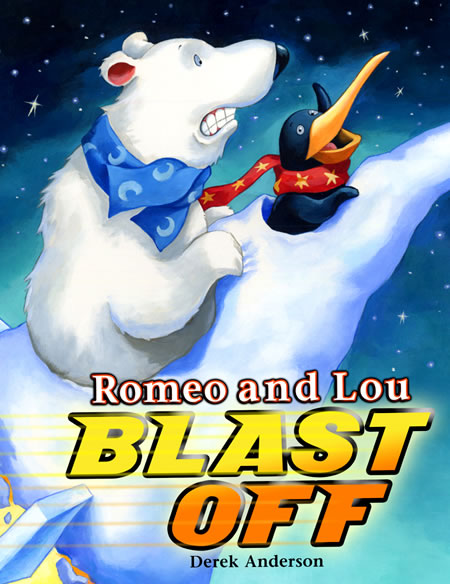
Imagine... Please!
A few years ago I stumbled across a blogger's review of my book Romeo and Lou Blast Off. I don't usually search for those things. I came across this one by accident.
It seems the blogger was really bothered by my book. Romeo and Lou Blast Off is about a penguin and a polar bear that are best friends. One blustery day, they build a rocket ship out of snow. Romeo and Lou have no intention of blasting off, they were really just wanting something to play in. But with the help of a little magic in the stars, their rocket ship accidentally blasts off, carrying them off on a bumpy, twirling ride. They eventually crash land in a city. Having never been to a city, Romeo and Lou are convinced they've landed on another world. They proceed to explore this new world full of strange trees (street signs), walruses (construction workers with moustaches), and a seal who seems to be spitting at them (a fountain in the park). Eventually they just want to return to their own world and search for a way to get home. Far fetched? Perhaps. Fun? Absolutely! It's just the kind of book I would have loved as a kid- there's a mix of magic, adventure and a little bit of mystery (at least on the characters' part). A story that's just plausible enough to escape into.
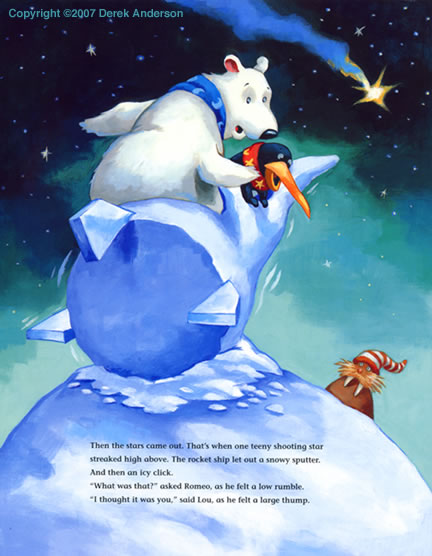
The blogger I mentioned didn't have a problem with the idea that a penguin or polar bear could talk or that their snow rocket blasted off. What she had a problem with was that I had taken the liberty of putting a penguin and a polar bear together because it was geographically wrong.
I would imagine most people know polar bears live in the Arctic at the top of the world and penguins live in Antarctica. But come along with me, for just a second, and follow an idea. Don't most of us come from ancestries that began somewhere else? Many of my ancestors migrated from different countries to start a new life here in America. Isn't it possible, long ago, that a polar bear could have wanted a chance at a better life and set out for a new horizon? Isn't it also possible that a penguin could have done the same and they met somewhere in the middle? I've never ridden on a train with a penguin as my seat mate, and I've never had the pleasure of flying next to a polar bear on an airplane. But isn't it possible?
In fiction writing, we have a little thing we refer to as 'suspension of disbelief.' It's a simple idea. It just means that when you set out to experience a fictional story (whether in a book, a movie theater, on Broadway or even on your television) you're willing to accept that things are going to happen in the story that could never occur in real life-- animals can talk, magic exists and rocket ships made of snow can blast off. As creators, we have a responsibility to keep things consistent in the world we've created. My readers and I have an understanding- they'll agree to give me some leeway as long as I agree not to change the rules halfway through the story. Suspension of disbelief is particularly important in the world of children's books. My audience might be undertall, but they have giant imaginations that are firing on all cylinders, steamrolling right over logic and reality. Young readers have a ticket to believe, and they don't want to be disappointed. They're ready to soar into the wild blue and beyond if that's where the ensuing adventure takes them. And that's exactly where I want to lead them.
What's surprising to me is an adult will accept the premise that Romeo and Lou build a rocket ship of snow that accidentally blasts off because of some inadvertent magic in the stars, but the idea of a penguin and a polar bear living together in the same place is too difficult to believe. For some reason, there are adults in this world who lose their abilities to imagine. I don't know how or why that takes place, it just does. They let their own logic, however narrow or misguided, get in the way. We need our imaginations. My imagination is one of my greatest tools- both in my work and my life. It helps me color outside the lines of reality. My imagination powers my paintbrush, it gives me the magic of wordplay and helps me turn the ordinary upside down and make it extraordinary. My imagination gives me the ability to dream with my eyes wide open. Albert Einstein has one of the great quotes about it, "Imagination is everything. It is the preview of life's coming attractions..."
But back to my book... you really don't have to stretch your imagination to enjoy Romeo and Lou Blast Off. I got the idea for my two main characters while wandering through a zoo here in the Twin Cities one sunny afternoon. It occurred to me as I made my way to the exit that I'd just seen both a penguin and a polar bear and they, indeed, were living in the same place.

Friday, May 4th, 2012
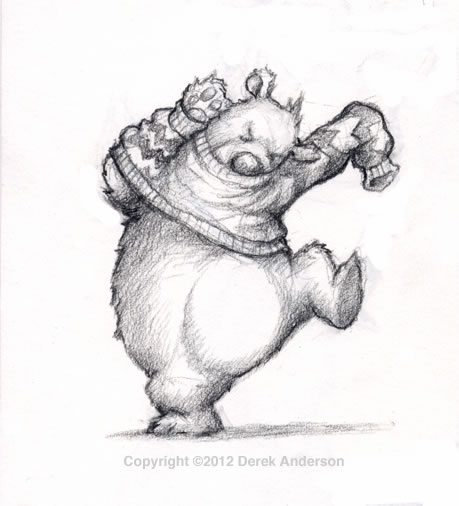
If the Quote Fits...
I've been collecting quotes for years. I'm very selective about which ones I keep. Choosing a quote is a lot like selecting a piece of clothing for yourself. At first, you spot it from a distance... something about it caught your attention, so you go in for a closer look. Maybe you slide it on to see how it feels. Some will never be right for you, they just don't end up being what you'd thought. They might be a bit too scratchy, or too bothersome to keep around. Some won't fit, no matter how much you want them to. Some are too fancy, too plain, too something. But when you find the right quote, the one that you identify with on a very deep and personal level, it's like sliding on a perfect sweater that you know you'll never part with again. It just feels like it's part of you.
I have a book I've been scribbling quotes in for more than twenty years. I will post one from time to time. I have a favorite I'd like to share today. It still fits me, but go ahead and try it, maybe it will fit you, too...
What lies behind us and what lies before us
is nothing compared to what lies within us.

Friday, April 27th, 2012
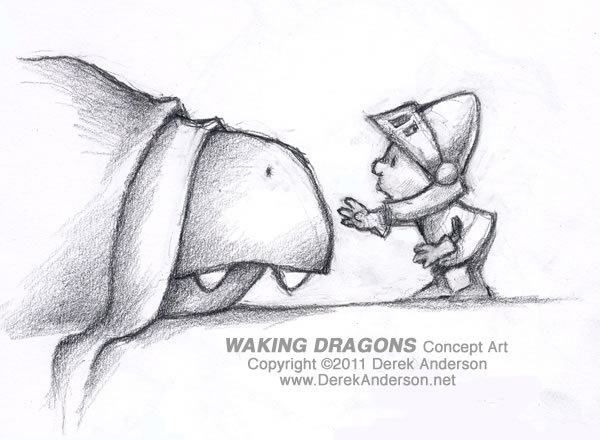
The Art of the Character:
From Ducks to Dragons
~ Part Three ~
Uncovering Waking Dragons!
When Alexandra Cooper at Simon & Schuster sent me the manuscript for Waking Dragons, I read it once. That was all it took to know I had to do it. Waking Dragons is a wonderfully spare, evocative poem by Jane Yolen. Two things struck me right away. First, even though there was very little description or narrative, the text was playful and lyrical and jumped off the page. And other than dragons, there were no characters mentioned. The best picture books strike a delicate balance between the text and illustrations. If they're really working in harmony, the words tell one part of the story and the illustrations tell the rest.
The one thing an artist has to keep in mind when illustrating a text that's spare, is the illustrations have to carry the weight of the details. Since there's little in the way of description and no dialogue, the personalities and actions of the characters and the clarity of each illustration all become even more important. There were literally endless possibilities for the illustrations in Waking Dragons. This was an artist's dream project.
I couldn't do a lot of research for this book. Because dragons aren't real, I could only study what others had done. I made the decision to not go near any other children's books, television shows or movies that featured dragon characters while I was working on this book. I wasn't interested in what other children's book illustrators or animators had done. The easiest way to stay away from their work was to not even be aware of it. Instead, I looked at more realistic fantasy art. Dragons have been around for almost as long as artwork has-- so there were plenty of examples. As with my other books, I wanted to find a unique approach to these characters, so I pushed everything I learned aside and set out to explore what I thought a dragon should look like.
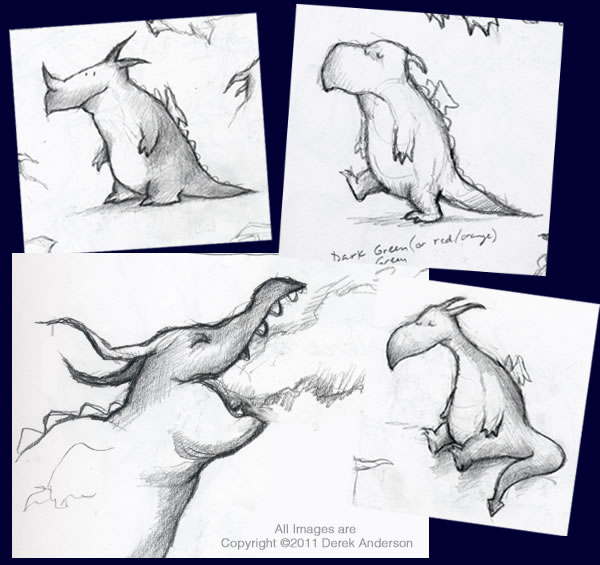
There were so many features to consider. Jane's poem has the dragons flying at one point, so I knew they would need wings. And one of the things I've always loved about dragons is that they breathe fire, so I wanted to include that detail. But the sky was the limit with everything else. I could literally go in any direction-- should they have ears? What about horns? And how big should they be? Dragons seem to be reptiles, so a lot of artists give them alligator bellies. I tried that on a few early character studies, but it's so commonly used, I decided not to go in that direction. And then there's the question of pajamas. And where, in the world, would a dragon sleep? Those were all choices I had to make.
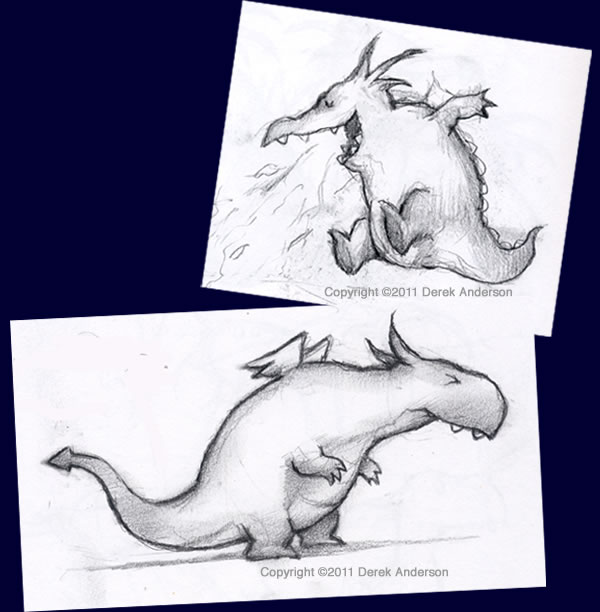
I drew dragons for months before I began to find shapes and characteristics that I liked. I eventually discovered two dragons that kept showing up in my sketchbook. One liked to breathe fire with that first big stretch in the morning and the other was a bit grumpy. He definitely wasn't a morning dragon- which was perfect for this book!
My next problem was who should wake them. Dragons don't exist in our everyday world, and it didn't feel right, for this book, to bring them into it. It didn't take long to find the perfect character to wake the dragons. The idea of a knight quickly came to my rescue.
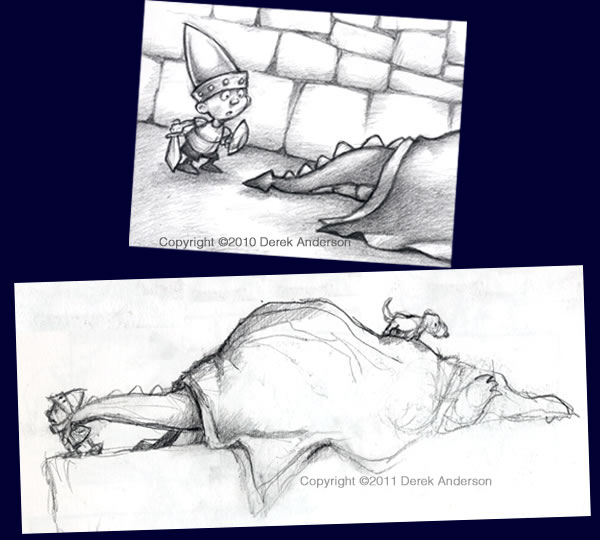
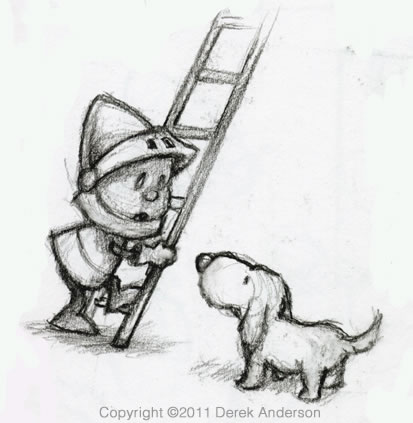
It took a few tries to get him right. When I'm developing characters, I often experiment with putting them into scenes from the story. It's like planting little seeds of ideas- some take, some don't. In the process, the book blossoms and grows and begins to take shape, many times in ways I never expected.
There are a few things I've learned about creating characters. First, I have to be willing to try absolutely anything. I never quite know who or what is going to end up in my books, but I'm certainly willing to take chances. I can always toss something out if it doesn't work, but how will I ever know if I don't give it a chance? I've also found that I have to be both persistent and patient. The right character will come if I stick with it long enough. I just have to put in the time it takes to find them. They may not end up looking the way I thought they would. They might not even resemble the character I was looking for. But if I stay open to the possibilities, they will come wandering into my studio and my world, acting like they've been there all along, just waiting to be discovered.
I will reveal more about Waking Dragons in the coming weeks and months. Waking Dragons will be published by Simon & Schuster Books for Young Readers October 16th.

Friday, April 20th, 2012
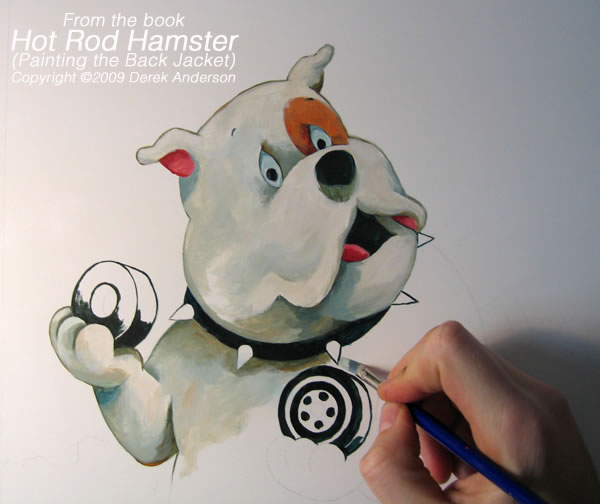
The Art of the Character:
From Ducks to Dragons
~ Part Two ~
Three Hamsters, the Wrong Cat, the Right Dog
and a Pit Crew Who Won't Behave
Creating characters takes me a long time, probably longer than most artists. It's because I'm always searching for that certain something that I can't begin to explain. This all would be so much easier if I knew what it was. I can only tell you that I know when I've found it.
There's so much more to making characters than getting the eyes in the right place or making the nose the perfect shape-- there's personality, there's attitude. Sometimes a character needs that extra bit of swagger or an earnest quality. Those characteristics aren't slapped on after the fact like frosting on a cake, they're ingredients that are crucial to the overall recipe. You only have to take a look around you to see what I mean. In life, we're constantly showing others who we are by not only what we wear and how we behave but with smaller, more subtle things like our posture and how we carry ourselves. Those traits are as much a part of who we are as the things we say. It's the same in the world of books. A character's personality has to be communicated in an instant.
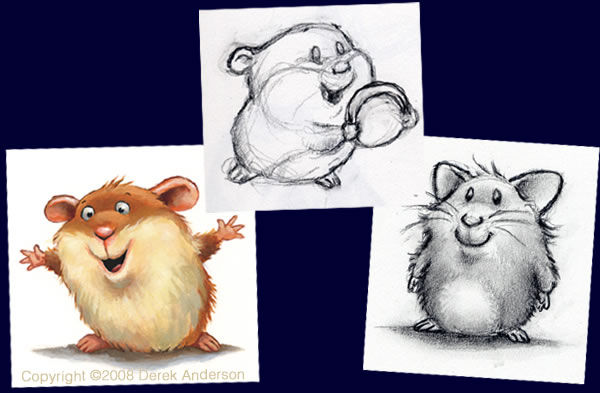
There are characters that have taken me hundreds of drawings and months before they finally show up. That's never fun. I have deadlines and when the clock is ticking, I would prefer not to have to go to the ends of the earth looking for my lead character. Hot Rod Hamster was like that. He wasn't easy at all. Cynthia Lord's text was so beautifully written and the dialogue suggested this young, exuberant, jumping-for-joy hamster who liked to go fast. You'd think it would be easy to come up with that character, but he had to be just right. I came up with at least two finished versions of him before I ended up with the furry hero that appears in the book. Hot Rod Hamster simply wouldn't be the same book if either of those other characters had been cast in the lead. The right character is worth waiting for. There's something very special that happens when he (or she) finally comes along. He nearly stands up on the page and starts talking to me. That's when I know I've found him.
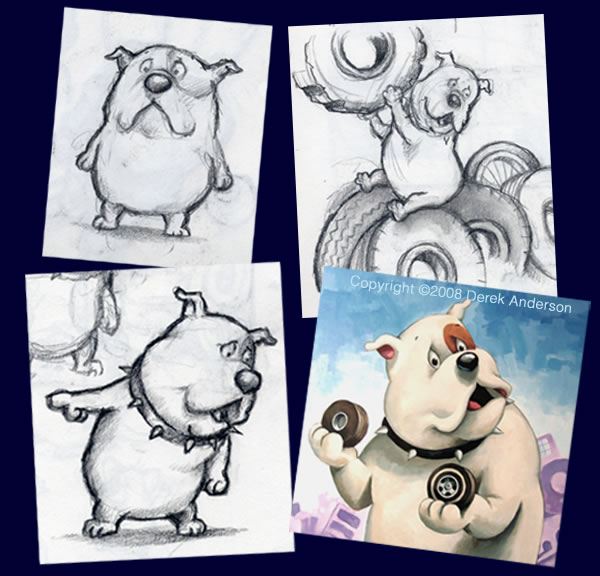
The bulldog character in Hot Rod Hamster didn't come around right away, either. In the manuscript, Cynthia didn't specify what kind of animal he was. She wrote it almost as a script with two main characters- "Hot Rod Hamster" and "Junkyard Dealer." You'll notice that "Dog" is never once mentioned in the text. I had to do a bit of exploring to figure out who he should be. I tried a cat for that character first. He was interesting, but he just didn't fill the shoes. I can't remember if my editor suggested trying a bulldog or if I came up with the idea. But I do remember that I went through a few versions before he ended up the jowly, lovable canine he is today. It was the day I drew a spiked collar on him that I knew I was getting close. I loved the idea of contrasting this small, enthusiastic hamster with a much larger, softer spoken dog.
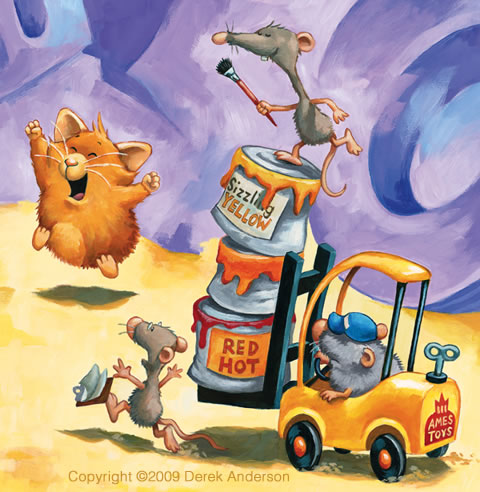
And finally... I should probably mention the mice in Hot Rod Hamster. They'll never forgive me if I don't. They weren't part of the story, they were purely an invention for the visuals. I needed something going on in the book besides Hamster and Dog building the race car. I quickly realized a pit crew would be a nice addition. It didn't take long to decide who should be on that crew-- the story takes place in a junkyard, so the idea of rounding out the cast with mice was an easy jump. I will tell you that I was surprised at how quickly they came together, personalities and all. Sometimes I just get lucky. It's nice to occasionally be in the right place at the right time when the clouds open up.
Coming next week... The Art of the Character, Part Three

Friday, April 13th, 2012
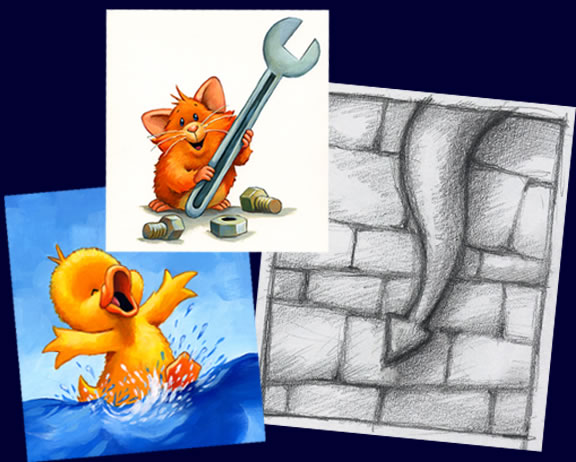
The Art of the Character:
From Ducks to Dragons
~ Part One ~
Feathers and Whiskers and Tails, Oh My!
Characters aren't easy to create. When I sign on to illustrate a new book, I never quite know where I'll go with it visually. Before I can begin a single drawing or painting for the actual book, I have to get to know the character. I start out reading the story over and over, scribbling notes and absorbing the important details. I keep an eye out for any personality characteristics that stand out on those first few read-throughs. Since text tends to be spare in picture books, there's usually very little character description. I gather what I can from both the dialogue and the action in the story and the rest has to be invented.
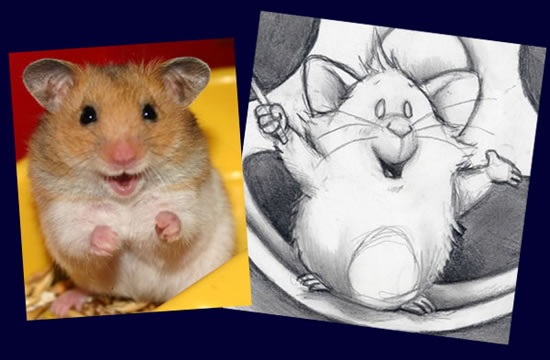
I'm an artist who does just enough research. If a hamster is my main character, I need to know what makes a hamster different from a guinea pig. Studying photo references helps me realize the overall makeup of an animal. With hamsters, specifically, it's the shape of the body, the ears, the short little muzzle, pink nose, hands and feet. But I ultimately push most of what I learn aside. My books are works of fiction and highly imaginative, so the final character doesn't have to look like a real hamster or in the case of Little Quack, a real duckling. Whether or not something looks realistic has absolutely no bearing on how much a reader will enjoy a book. The character only has to have the right balance of elements so the reader will know what he or she is looking at. That's where creativity comes in.
Before I began developing the characters for Little Quack, I knew there were two specific things I wanted to stay away from- Robert McCloskey's Make Way for Ducklings has long been a classic, and Jane Simmons' Daisy character was another well known duck that was instantly recognizable. As an artist, I want to carve out my own corner in the world of children's books.
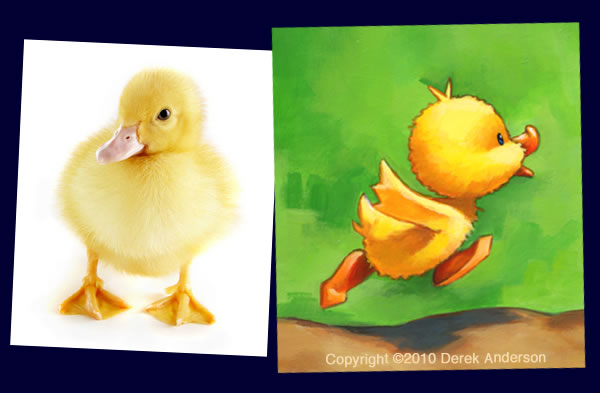
I began by looking at photos of real ducklings, but I didn't spend long doing research. For Little Quack I decided to go in a unique direction with the character's proportions. I made Little Quack's head and feet bigger, and his beak and body smaller than a real duckling's. And as you can see in the picture above, I went richer with the colors. The difficulty came when I began work on Little Quack's brothers and sisters. As you probably know, it's very difficult to tell one duckling apart from another in nature. Other than subtle differences, they all kind of look the same. But in the book Little Quack the ducklings are very different- they have names and personalities and are clearly unique. I could have taken the easy way out and given them clothing or glasses or hats, but that didn't feel right to me. After some conversations with my editor, I was determined to come up with a solution. It took some work-- I had to let go of what I thought a duckling should look like. That's when the answer came waddling into my sketchbook. I don't remember which character it was-- perhaps a rougher version of Puddle. But he was bigger than Little Quack and had a wild "feather" do. I knew I was onto something.
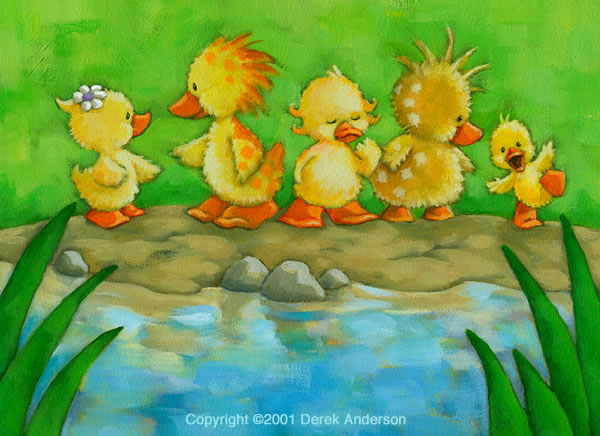
The first concept painting of Widdle, Waddle, Piddle, Puddle & Little Quack (from 2001)
I eventually found creative and original looks for each duckling, altering everything from body shape and size to colors, spots and "feather-dos." You won't find those things in nature, but it doesn't matter. Each character's individual look helped me define their personalities and how their behaviors would differ from one another. It ended up giving the world of Little Quack a very original look and feel.
I have no interest in "cute." I believe in choosing a good story that grabs me and resonates (whether I wrote it or another author did). Once I've settled on a visual direction, I try to be as true to that world as possible. I bring everything I can to the project. My job is to create lively pictures inhabited with rich characters and details that will make the book a fun experience every time the reader opens the cover.
Coming next week... The Art of the Character, Part Two

Friday, April 6th, 2012
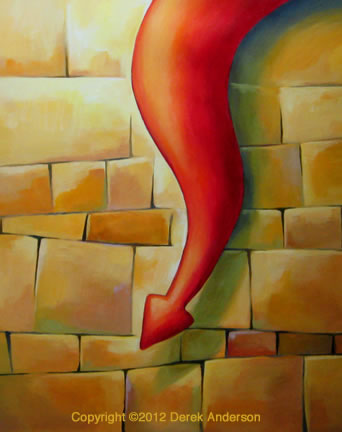
The Year of the Dragon
In case you haven't noticed, this is the year of the dragon. Each year, the Chinese Zodiac designates a different animal as its sign. There are twelve years in the cycle, so the dragon only comes around once every twelve years. This is that year. And since I have a new book about dragons coming out in October (Waking Dragons written by Jane Yolen, I illustrated), I decided it would be the perfect time to start posting about creating picture books.
I've always posted news on my website about awards, reviews and the fun goings-on with my books. But it isn't often that I give a glimpse into the studio to show how I work. This is going to be a journal about creativity, the art of the book, the art of life, and... art.
Each week I will post about the making of my new book, writing, drawing, painting or the world of publishing children's books. I have some fun surprises planned! For now, you can click over to the Gallery. It's been completely redone with many new sketches and paintings from my books. You can see it by clicking HERE.
Welcome to the year of the DRAGON, check back for more fun soon!
